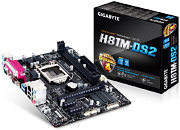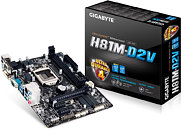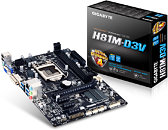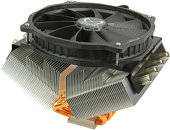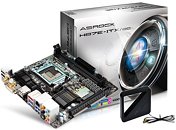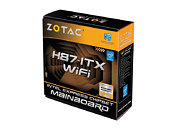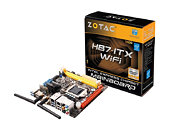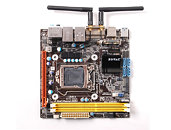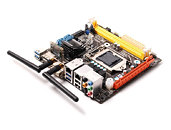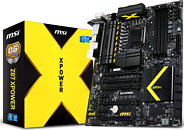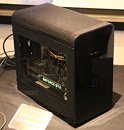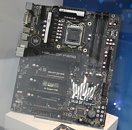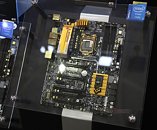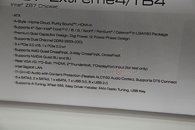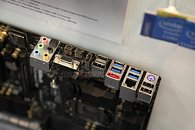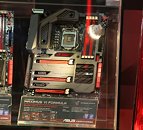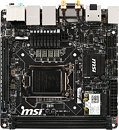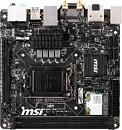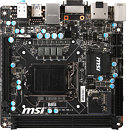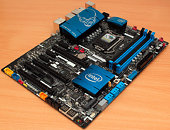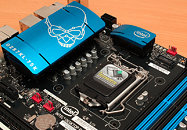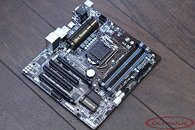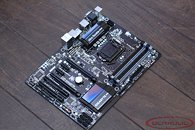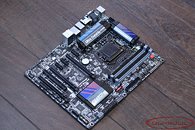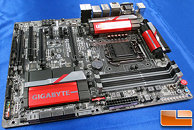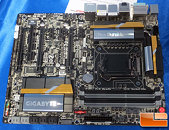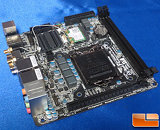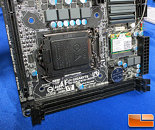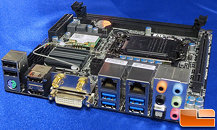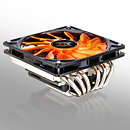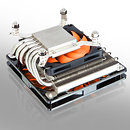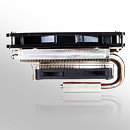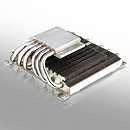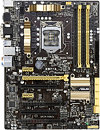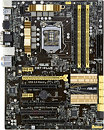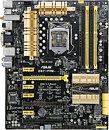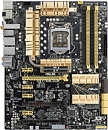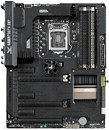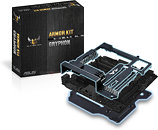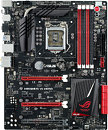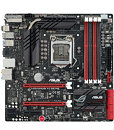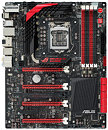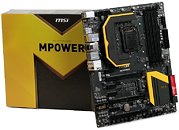
GIGABYTE Announces its First Intel H81 Chipset Motherboards
GIGABYTE announced its first socket LGA1150 motherboards based on Intel's new H81 Express chipset for entry-level desktop platforms, among the trio of H81-based motherboards launched today, are the H81M-DS2, H81M-D2V, and H81M-D3V. The three are based on a common compact micro-ATX PCB design measuring 226 x 170 mm, and differ with connectivity features. The H81 Express is basically B85 Express without SBA, and fewer SATA 6 Gb/s ports, and PCIe gen 2.0.
The H81M-DS2 has a focus on legacy connectivity, which could go well with POS (that's point-of-sale, but we won't disagree with what you made out) PCs that are wired to old LPT printers. Its legacy ports include an LPT parallel port, an RS232 COM serial port, separate PS/2 ports for mouse and keyboard. Its lone display output is a D-Sub (VGA). The H81M-D2V sheds LPT while retaining a the RS232 COM port, and a slightly more modern display connectivity that includes D-Sub (VGA) and DVI. It features a single, common PS/2 connector. The H81M-D3V has the least legacy connectivity, with just DVI and D-Sub for display outputs, no rear-panel COM or LPT ports, and a common PS/2 connector.
The H81M-DS2 has a focus on legacy connectivity, which could go well with POS (that's point-of-sale, but we won't disagree with what you made out) PCs that are wired to old LPT printers. Its legacy ports include an LPT parallel port, an RS232 COM serial port, separate PS/2 ports for mouse and keyboard. Its lone display output is a D-Sub (VGA). The H81M-D2V sheds LPT while retaining a the RS232 COM port, and a slightly more modern display connectivity that includes D-Sub (VGA) and DVI. It features a single, common PS/2 connector. The H81M-D3V has the least legacy connectivity, with just DVI and D-Sub for display outputs, no rear-panel COM or LPT ports, and a common PS/2 connector.
